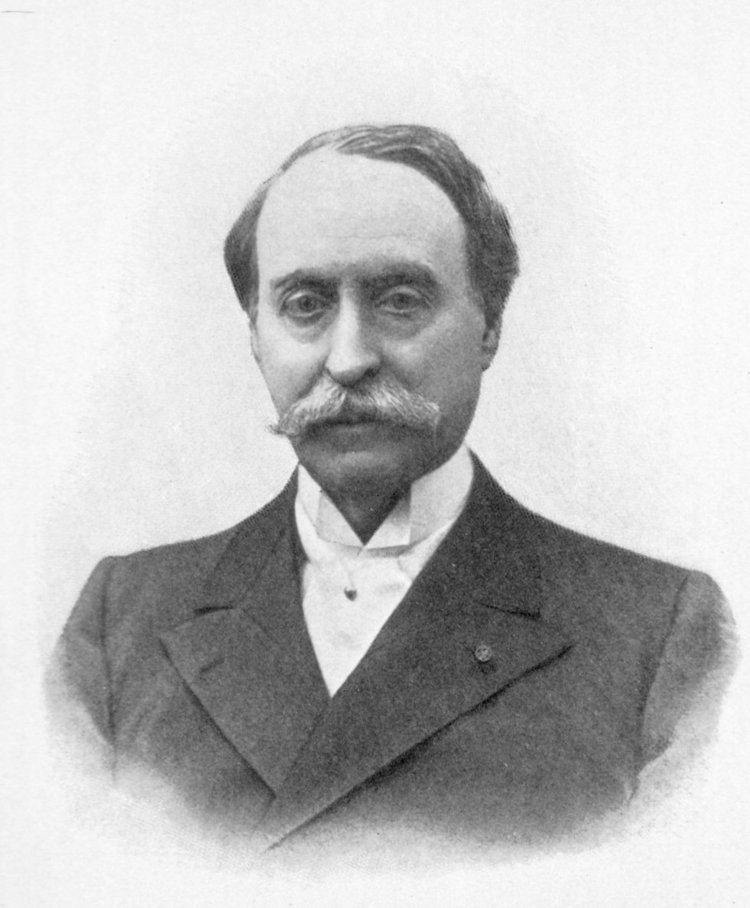Name Paul Dieulafoy | Role Physician | |
 | ||
Died August 16, 1911, Paris, France | ||
Paul Georges Dieulafoy (18 November 1839 – 16 August 1911) was a French physician and surgeon. He is best known for his study of acute appendicitis and his description of Dieulafoy's lesion, a rare cause of gastric bleeding.
Contents
Life, studies, and career
Dieulafoy was born in Toulouse. He studied medicine in Paris and earned his doctorate in 1869. Dieulafoy later became Chief of Medicine at the famed Hôtel-Dieu de Paris, taught pathology in the University of Paris, and was elected president of the French Academy of Medicine in 1910. He died in Paris on 16 August 1911.
Contributions
He perfected a pump-like device for use in thoracentesis, and extensively studied pleurisy and liver conditions including hydatid disease and epidemic hepatitis. However, he is perhaps best known for his study of appendicitis. Dieulafoy described its early symptoms and clinical manifestations in detail, most notably the collection of symptoms now known as Dieulafoy's triad (more below), and was one of the first physicians to stress the importance of surgery in the treatment of this condition. He declared: "Le traitement médical de l'appendicite aiguë n'existe pas (The medical treatment of acute appendicitis does not exist)". His Handbook of Internal Pathology, published from 1880 to 1884, was widely used at the time. Between 1899 and 1910 he also published, in several volumes, the case reports from his private practice.
In 1890, Dieulafoy, André Chantemesse and Georges-Fernand Widal described a pulmonary condition found in persons who habitually fed pigeons in the streets. They termed it "mycotic pseudotuberculosis", now known as allergic bronchopulmonary aspergillosis.
